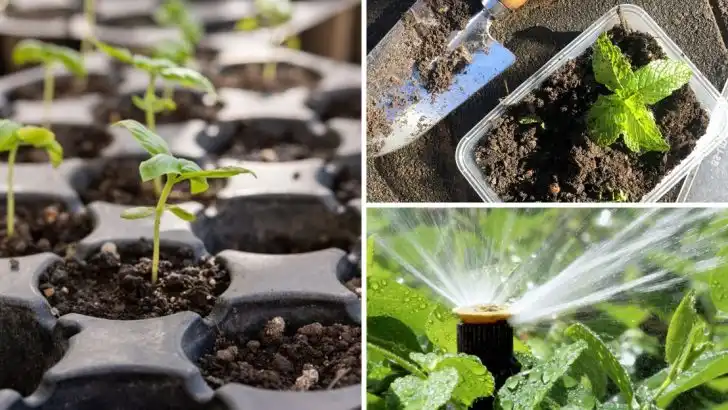Plastic pots aren’t exactly the glamorous side of gardening. They pile up fast—those black nursery containers, flimsy seedling trays, and random sizes you swear you’ll toss next season. But somehow, they keep sticking around, and if you ask someone who’s been gardening a while, they’ll tell you: that stash is no accident.
There’s a kind of quiet genius in keeping them. From repotting and seed starting to makeshift scoops and slug traps, plastic pots end up being some of the most useful tools in the shed. They may not be pretty, but they’re reliable, endlessly reusable, and often save a trip to the store. The trick is knowing which ones to keep—and how to actually use them.
Seed Starting
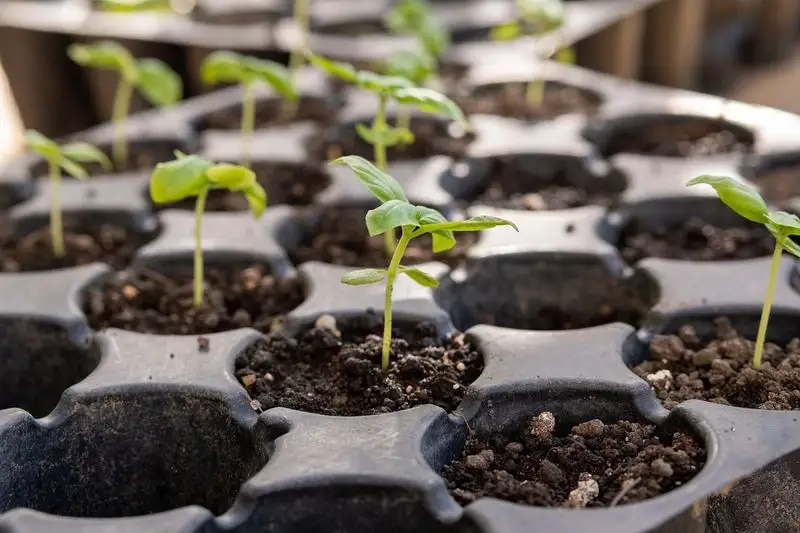
Starting seeds is an exciting journey for any gardener. In tiny plastic pots, seeds find their first homes, offering the controlled environment needed for growth. These pots retain moisture, ensuring consistent hydration for the seeds. Moreover, they are easy to label, helping gardeners keep track of various plant species. Plastic pots’ lightweight nature makes rearranging them effortless, optimizing light exposure as needed. Reusing them reduces waste, aligning with sustainable gardening practices. Did you know? Many historic gardens have utilized plastic pots to maintain plant diversity. Embrace this method for a flourishing garden.
Container Creativity
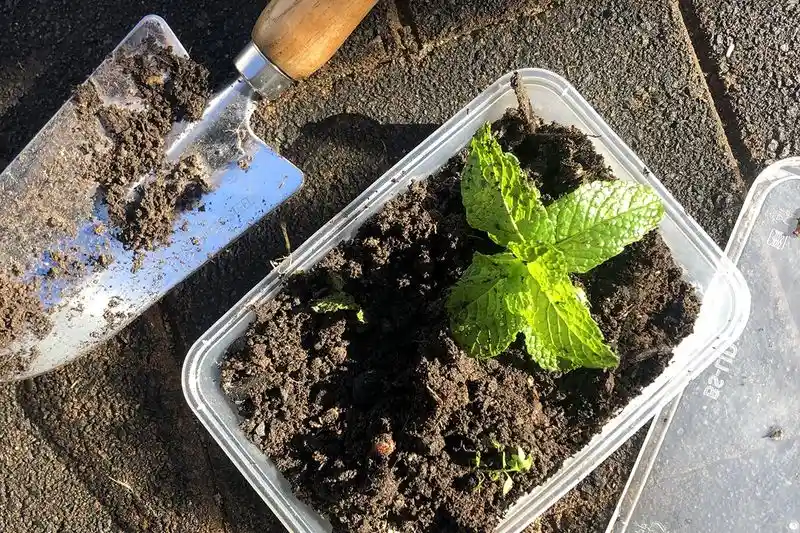
Plastic pots are canvases for creativity. Gardeners arrange them in imaginative ways to create stunning visual displays. Their varied sizes allow for layered plant arrangements, adding depth and texture to garden aesthetics. Some gardeners paint or decorate these pots, transforming them into personalized art pieces. By incorporating plastic pots, even the smallest spaces can flourish. Quirky fact: In some cultures, decorated pots are believed to bring good luck. Whether hanging or stacked, these pots breathe life into any garden corner, making them a cherished element in artistic gardening.
Efficient Watering
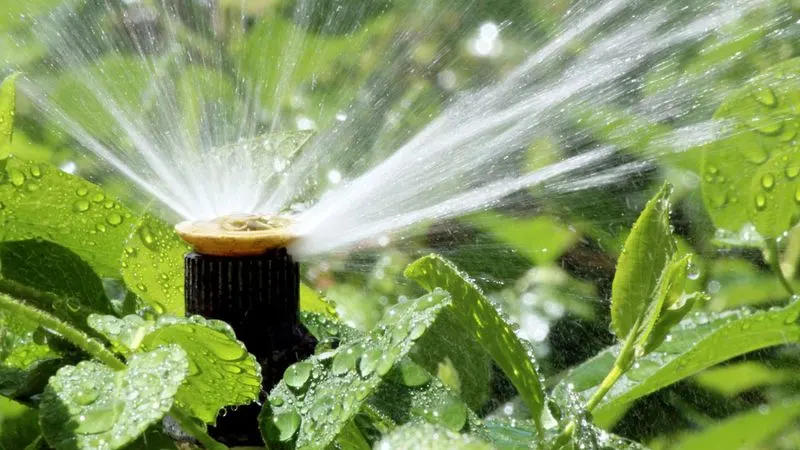
Efficient water management is a cornerstone of successful gardening. Plastic pots can be innovatively repurposed as drip irrigation systems. By drilling small holes into them, they become slow-release water dispensers, ensuring plants receive a steady supply. This method conserves water, reduces manual watering, and promotes healthier plant growth. Fun fact: Ancient farmers used similar techniques with clay pots. As modern gardeners embrace these practices, they not only save resources but also maintain lush, thriving gardens. Embrace this clever strategy to tackle water challenges in your garden.
Tool Organization
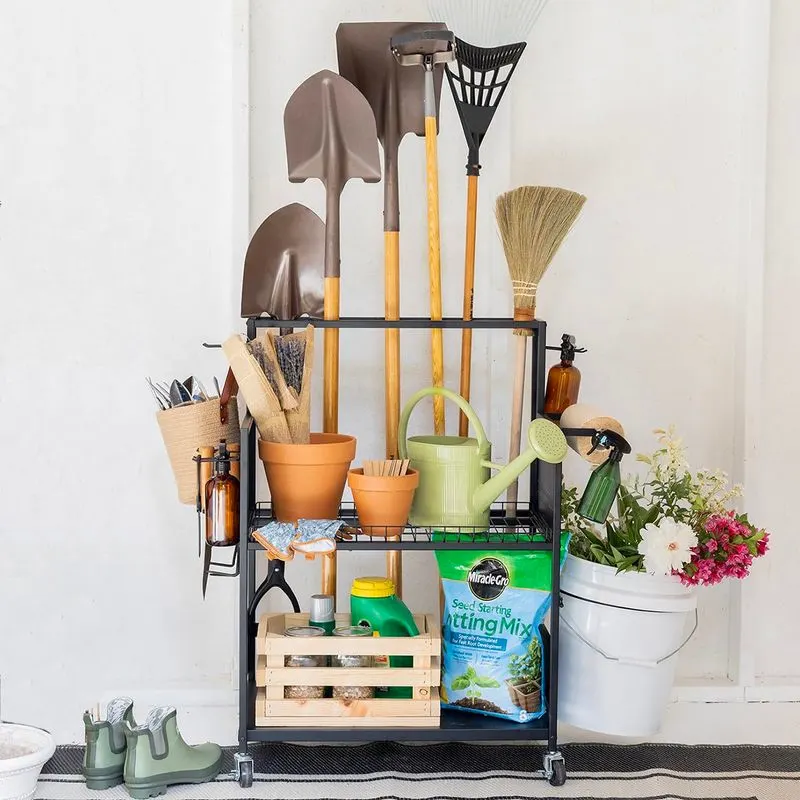
Gardeners know the struggle of cluttered tools. Enter plastic pots, the unsung heroes of organization. These containers can store small tools, seeds, and plant labels, keeping everything within reach. Their uniform shape makes stacking and storing them a breeze, freeing up valuable space. Transforming a chaotic shed into an orderly haven is simple with plastic pots. Did you know? Some community gardens host pot-swapping events to promote organization. With labeled pots, you’ll never misplace your gardening essentials again, enhancing efficiency and enjoyment in your gardening endeavors.
Portable Planting

Flexibility is key for plant care, and plastic pots offer unmatched portability. Gardeners can easily move these lightweight containers to capture optimal sunlight or escape harsh weather. This adaptability ensures plants thrive under changing conditions. Transitioning plants from indoors to outdoors becomes seamless, making plastic pots ideal for seasonal shifts. Did you know? Historical gardeners transported exotic plants in portable pots during explorations. Embrace this tradition and give your plants the best chance for growth with convenient, moveable solutions.
Gifting Green
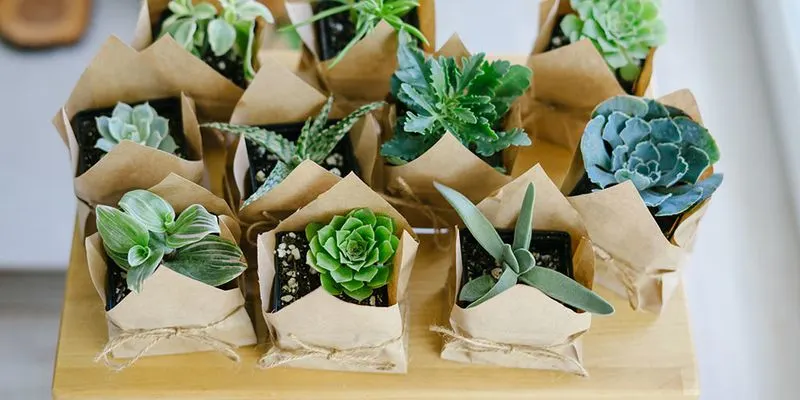
Sharing the joy of gardening is a heartfelt gesture. Plastic pots make fantastic containers for gifting plants, offering a personal touch. Filled with vibrant flowers or herbs, they become thoughtful presents for any occasion. By choosing reusable pots, the gift extends beyond the plant, promoting sustainable practices. Fun fact: Victorian-era gardeners exchanged plant cuttings in pots as tokens of friendship. This tradition continues today, fostering community and greenery. Delight loved ones with a green gift that embodies care and creativity, wrapped in the humble charm of a plastic pot.
Soil Sampling

Understanding soil composition is vital for plant health. Plastic pots provide the perfect vessels for soil sampling and testing. Gardeners can easily collect and categorize different soil types, experimenting with amendments to improve garden conditions. By using these pots, testing becomes accessible and organized, ensuring precise results. Interesting fact: Early agricultural societies pioneered soil testing methods to boost crop yields. Today, gardeners continue this practice to optimize their soil. Embrace the science of gardening with plastic pots as your allies in soil analysis.

